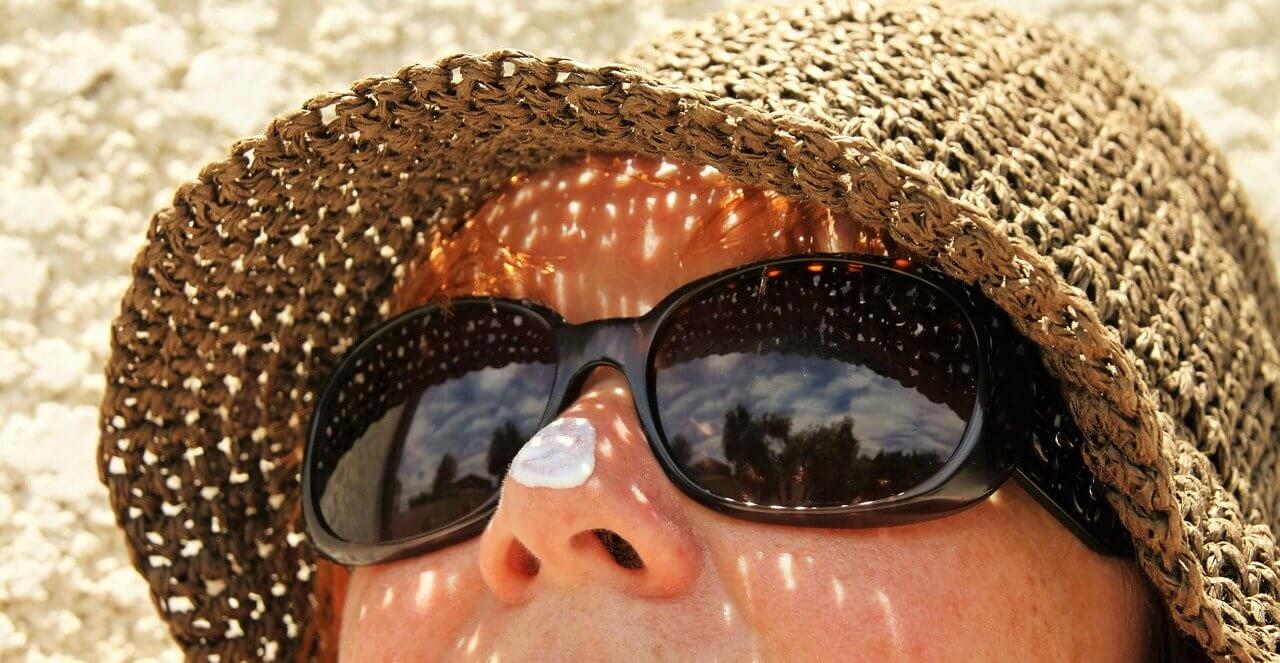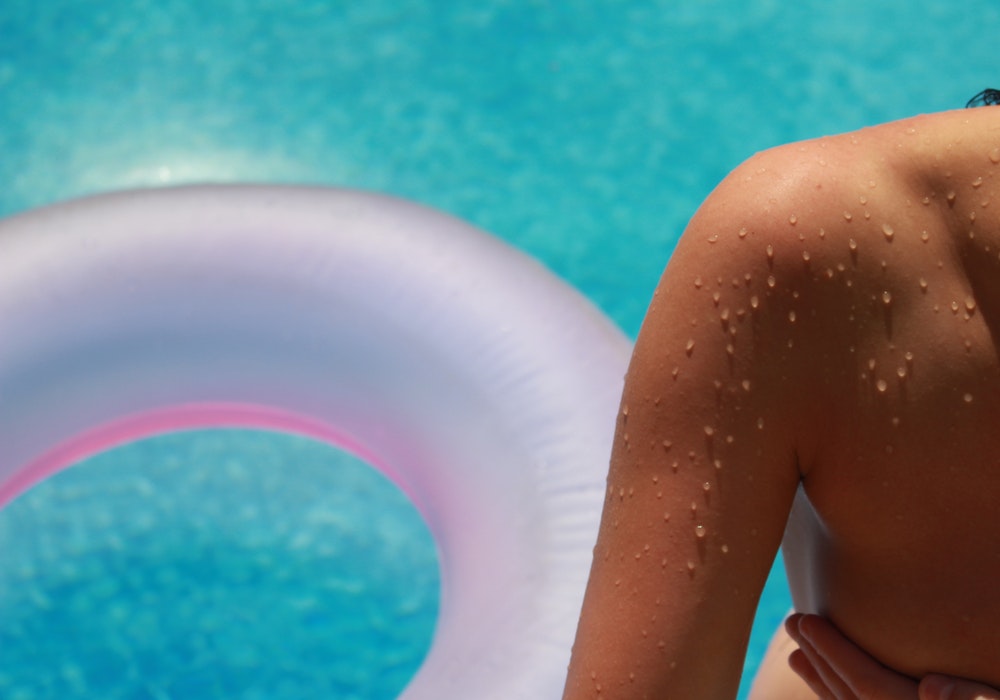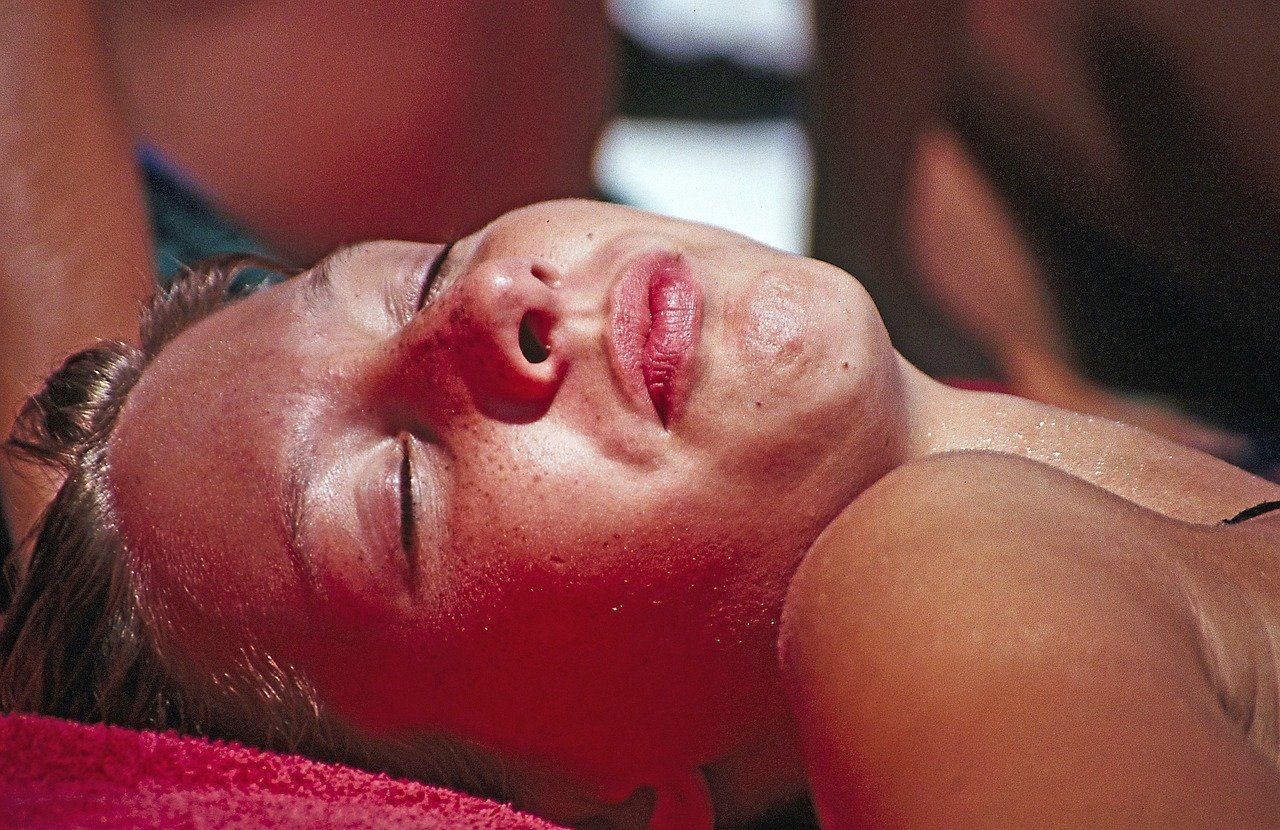The number you see on a bottle of sunscreen is called the sun protection factor or SPF. SPF indicates the level of protection against the sun’s UVB rays, the most damaging type of UV radiation.
Sunscreens range between SPF 15 and SPF 50.
- SPF 15 sunscreen blocks 95% of UVB radiation (medium protection).
- SPF 30 sunscreen blocks about 97% of UVB radiation (high protection).
- SPF 50 sunscreen blocks about 98% of UVB radiation (very high protection).
There are sunscreens with SPF between 2 and 14, but these provide very little protection to your skin.
What SPF Should I Get?

The NHS and the British Association of Dermatologists recommend getting sunscreen with an SPF of at least 30. Look for sunscreen with SPF 30 or SPF 50 on the label.
SPF 15 does not provide adequate protection for most people. You can go beyond SPF 50 but dermatologists do not recommend it since the extra skin protection is negligible.
In addition, applying sunscreen with SPF over 50 can lure people into a false sense of safety, causing them to spend more time than is recommended in the sun or leading to fewer sunscreen applications.
What About UVA Protection?
In addition to SPF, you may also notice a star rating on the sunscreen label or product description (if you are buying online).
The star rating indicates the level of protection against UVA radiation. The rating ranges between 0 and 5.
The advice from NHS and dermatologists is to get sunscreen with at least 4 stars of UVA protection.
Sunscreens with high SPF (at least 30) and a high UVA star rating (at least 4 stars) are called broad spectrum sunscreens.
This means they provide good protection against both UVA and UVB radiation. Broad spectrum sunscreens are the best and most effective types of sunscreens.
How Often To Apply Sunscreen

One thing many people forget is that SPF does not indicate how often you should re-apply sunscreen. There’s a misconception that a higher SPF sunscreen stays on your skin for longer, thus you don’t need to apply it as often.
This is not true. All sunscreens stay on the skin for the same period and are affected equally by sweat and activities like swimming.
Dermatologists recommend applying sunscreen every two hours.
This applies even if you have one of those sunscreens that tout a single application a day. In perfect conditions, the sunscreen can stay on your skin for eight hours or more.
But if you are active and sweating, it will come off much sooner. Frequent re-application is essential.
In addition, don’t forget to apply the right thickness of sunscreen and apply on all areas that will be exposed to the sun, including your back.
How Long Can You Be In The Sun Without Sunscreen?

It depends on your location and the time of day. Generally, dermatologists recommend staying no longer than 20 minutes in the sun without sunscreen.
Beyond that, you risk sunburn. If you spend too much time in the sun regularly, it increases your risk of skin cancer. It can also lead to sunspots, wrinkles and other visible signs of aging.


